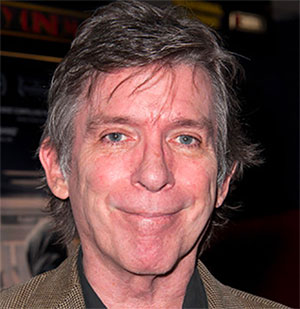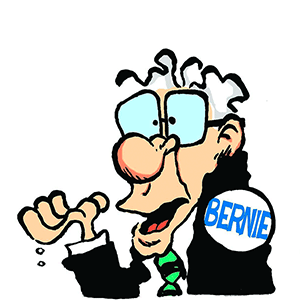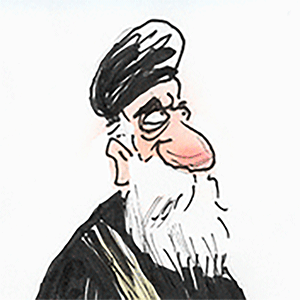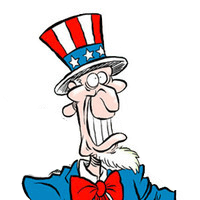'Nickel Boys' review: A mesmerizing adaptation of Colson Whitehead's novel
Published in Entertainment News
The astonishingly beautiful opening moments of RaMell Ross’ “Nickel Boys” signal that this is no ordinary movie. The screen format is an unexpectedly old-school square, and what we see in that square is clearly through a child’s eyes as he experiences the world. Oranges hang from trees like sparkling treasure, with celestial sunlight behind them, as a small hand idly twirls a leaf. Tinsel falls from the sky, dropped by a smiling older woman, in the magic light of a Christmas tree. A hot iron makes its hissing path along a perfectly white sheet, and we see the child reflected in its shining steel as he watches in wonder.
The child is Elwood (played initially by Ethan Cole Sharp, and as a teen by Ethan Herisse), and we gradually learn that he is a book-loving boy being raised by his grandmother Hattie (Aunjanue Ellis-Taylor) in 1960s Florida. Through tiny, collagelike scenes, we get a picture of his early life, filled with moments of youthful happiness: His hand picks up a lucky penny, a teacher inspires him, a pretty girl holds his hand in a photo booth, and he learns that he’s eligible for a special pre-college scholarship. Suddenly, an innocent mistake lands Elwood at the notorious Nickel Academy, a violent reform school where Black boys like him are met with very different treatment than their white counterparts. (The former — even the smallest — work in the orange grove; the latter are allowed to play football.) The camera — both Elwood’s point of view, and ours — takes it all in, as he sits at the back of grim-looking rooms, trying quietly to make sense of it all; it seems like a place he’ll never leave.
Based on Colson Whitehead’s Pulitzer Prize-winning novel “The Nickel Boys” (itself inspired by real-life stories of Florida’s now-closed Dozier School for Boys), Ross’ film sounds on the surface like it might be very difficult to watch, and indeed it is — the violence is no less horrifying when we see only see its aftermath, of dark stains on a wall and a whip-holding monster rubbing his sore shoulder. But watch it you should, for the remarkable journey it takes us on. Through the artistry of Jomo Fray’s cinematography, we see the otherworldly, mushroomy beauty of a bit of orange peel left behind on the branch; a marble, strangely free in a place of captivity, bouncing down a stark staircase; the pages of “Pride and Prejudice,” lit up on a summer afternoon (on a passage highlighting “the blessing of peace in all families”).
And we soon see young Elwood himself, through the eyes of his friend Turner (Brandon Wilson); the camera changes perspective so we can see both young men in turn. (In one lovely shot, we see them together, reflected in overhead glass.) We see Hattie reaching in for a hug, filling the screen with warmth; we see, from behind, an adult Elwood gazing at a computer screen, as if we’re an angel on his shoulder. “Nickel Boys” is a life, made up of pieces; some of them lovely, some devastating. It’s a mesmerizing, uniquely told story — of memory, of injustice, of friendship, of survival.
———
‘NICKEL BOYS’
4 stars (out of 4)
MPA rating: PG-13 (for thematic material involving racism, some strong language including racial slurs, violent content and smoking)
Running time: 2:20
How to watch: Now in theaters
———
©2025 The Seattle Times. Visit seattletimes.com. Distributed by Tribune Content Agency, LLC.













Comments